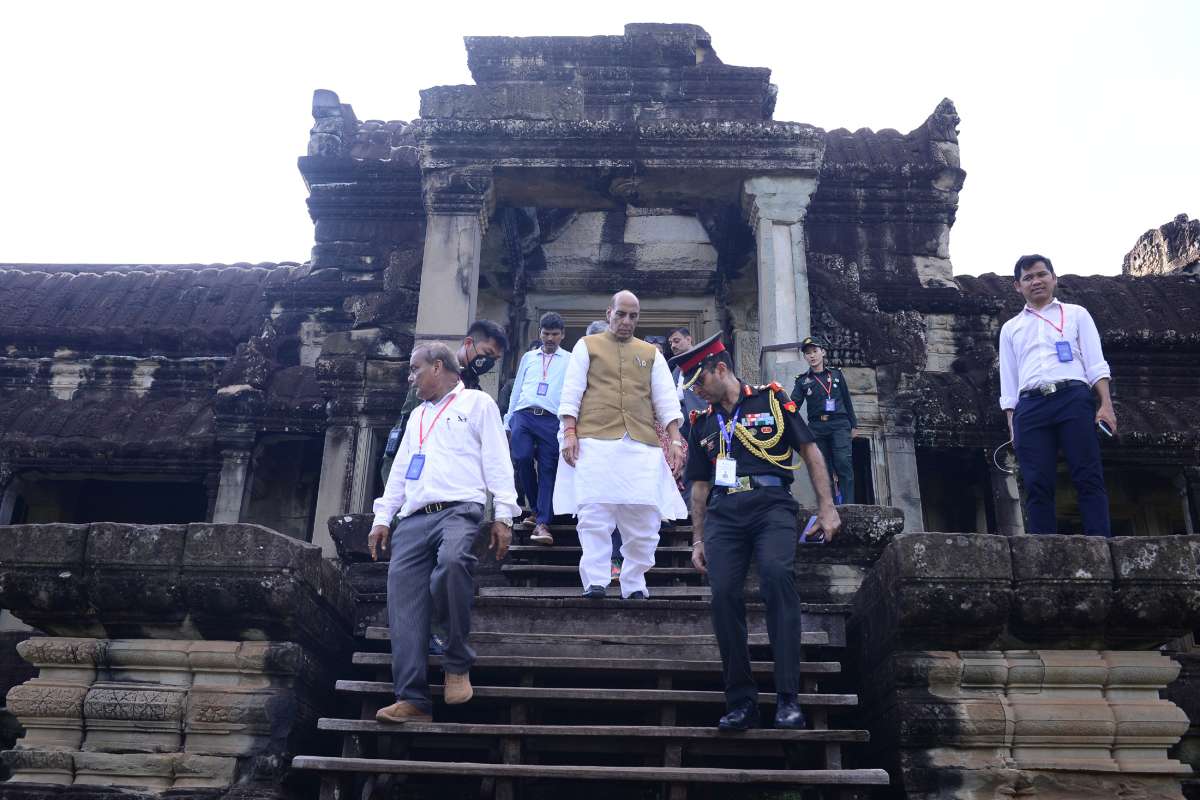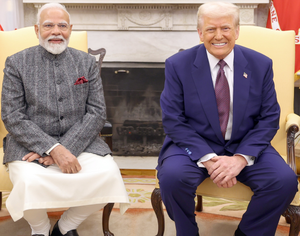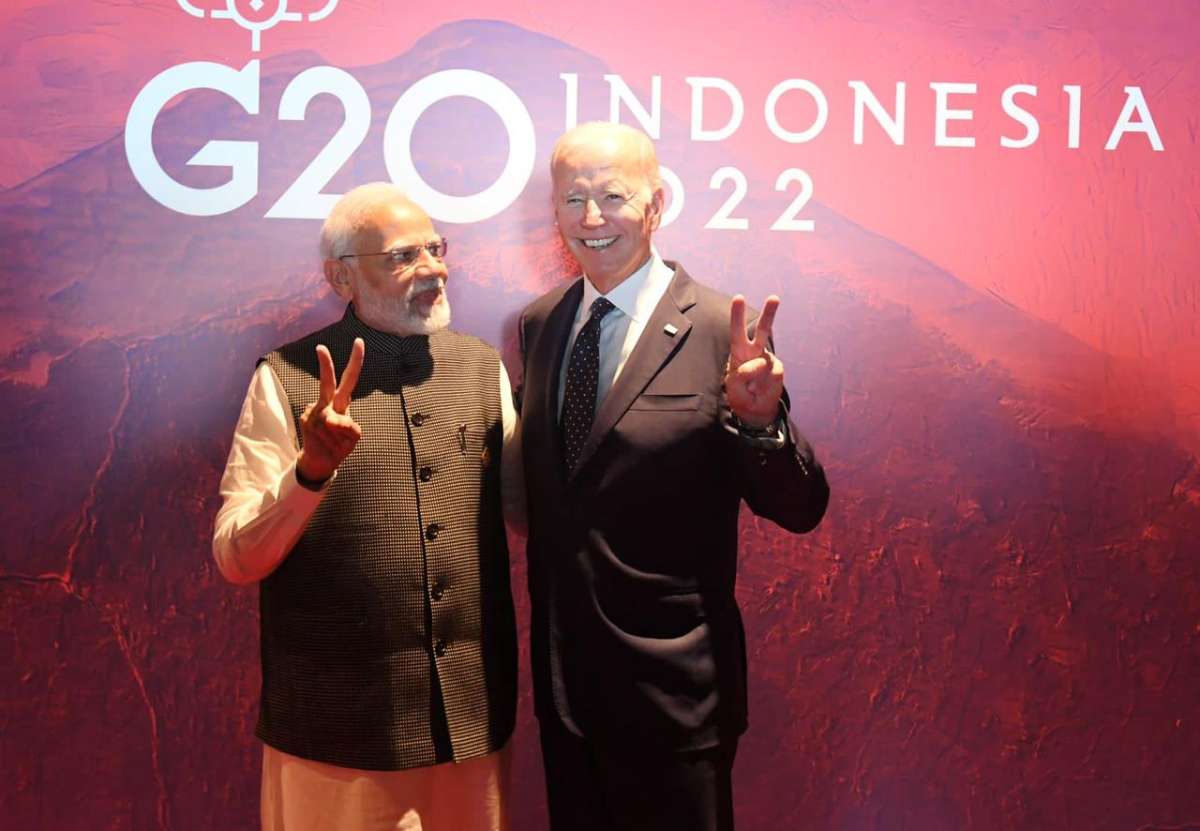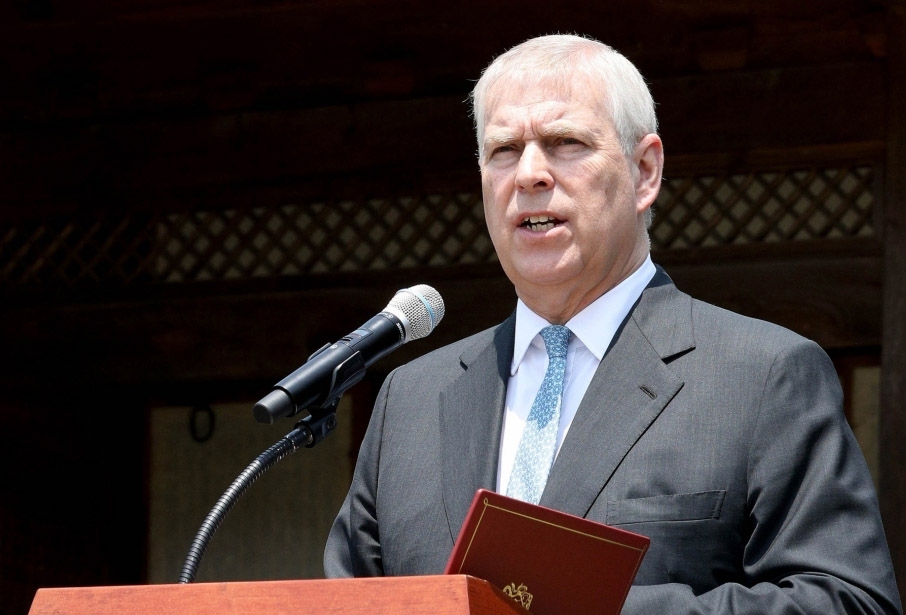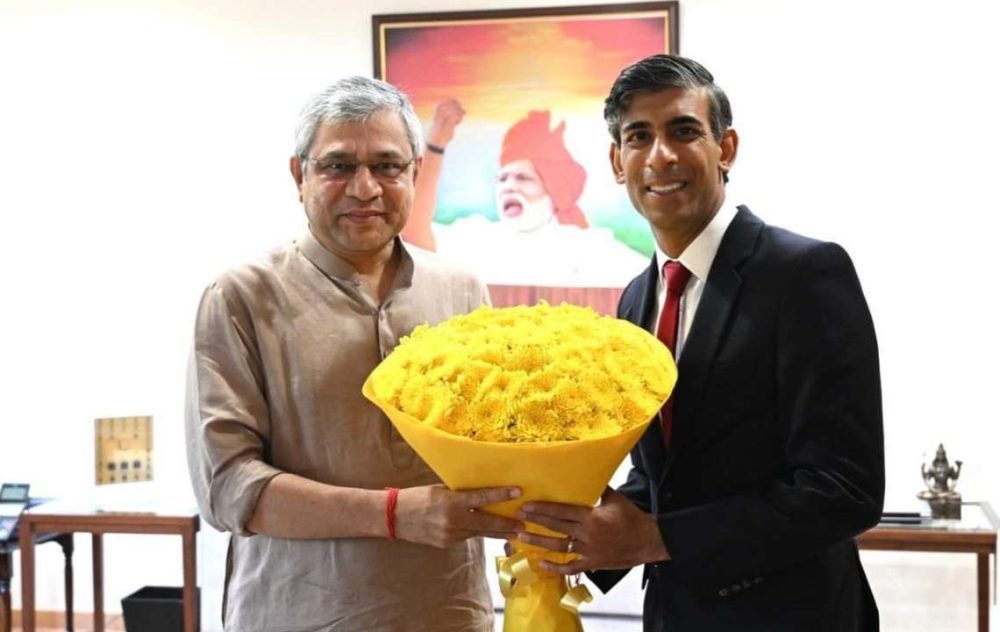It is believed that Cambodia once had the world’s second-highest tiger population. However, decades of poaching as well as conflict led to the extinction of the animal in the country…reports Asian Lite News
India is assisting Cambodia big time in its tiger reintroduction programme which will make the Southeast Asian country the first nation in the Association of Southeast Asian Nations (ASEAN) to bring big cats back into the wild.
Adding a new chapter to their relations which go back to the 1st century AD, both countries recently signed a Memorandum of Understanding (MoU) on cooperation in biodiversity conservation, sustainable wildlife management and tiger conservation strategies and their habitats.
Through the MoU – which was signed between the environment and forestry ministries of the two countries during the visit of Vice President Jagdeep Dhankhar to Phnom Penh a couple of weeks ago – Cambodia has the opportunity to reintroduce rare species, especially the big tiger, to their historical habitat.
It is believed that Cambodia once had the world’s second-highest tiger population. However, decades of poaching as well as conflict led to the extinction of the animal in the country.
According to the World Wide Fund (WWF), since the last camera trap image of a wild tiger in 2007 was captured inside the forests of the Eastern Plains Landscape, there has been no other evidence of wild tigers in Cambodia. A decade later, the conservationists concurred and announced in April 2016 that there is no breeding population of wild tigers in Cambodia.
India, which has the largest number of big tigers and bilateral agreements and MoUs with several ‘Tiger Range Countries’, is working very closely with Cambodia in implementing the Big Tiger Rehabilitation Programme.
Insisting that the tiger symbolises power, and plays a crucial role in the conservation of biodiversity, forest, water, and climate security, New Delhi has batted strongly to secure the future of wild tigers and their habitat globally.
As the historical and civilizational bond between the two countries strengthened under Prime Minister Narendra Modi’s leadership – who has spotlighted Phnom Penh’s valued role in India’s Act East policy several times – Cambodian Prime Minister Hun Sen’s action plan on big tigers (2015-2024) also received a massive boost.
The MoU signed this month focuses on tiger conservation strategies and their implementation first in the Cardamom mountains in southwestern Cambodia and then in the Keo Seima Conservation Area of seasonal tropical forest in eastern Cambodia.
“The signing of this Memorandum of Understanding is a new page in the history of enhancing relations and friendship and cooperation between Cambodia and India, especially between the Ministry of Environment of the Kingdom of Cambodia and the Ministry of Environment, Forestry and Climate Change of the Republic of India in the field of environment and conservation of natural resources,” said the Cambodian government.
The MoU majorly focuses on three key areas with the first being to promote biodiversity conservation by focusing on the restoration of large tigers in Cambodia, especially in key landscapes, including mountain ranges of Cardamoms.
Secondly, both countries will work together on providing the breeding of big tigers from India and exchange skills and abilities to promote tiger conservation in both countries.
Thirdly, the two countries will promote wildlife conservation by sharing good experiences of implementing technology, livelihoods for communities living in wildlife sanctuaries, and sustainable biodiversity management.
Once implemented fully, the agreement will deepen the centuries-old cultural and historical linkages between India and Cambodia which still remain friendly and on a growth trajectory.
ALSO READ-Rajnath, Cambodian counterpart discuss defence ties


